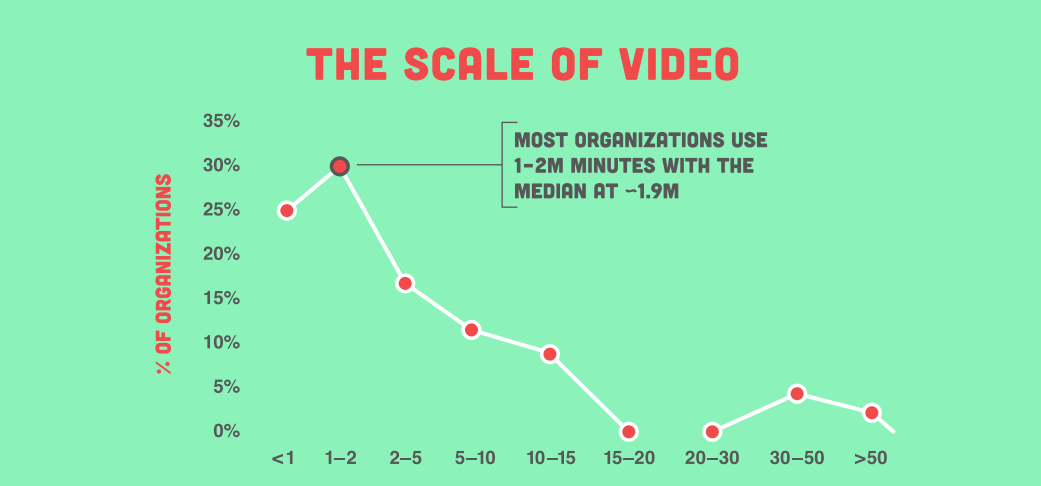Infographic: Battling Video Conferencing Call Quality
Summary
IT professionals who oversee video conferencing are battling issues day in and day out. Since they’re so busy solving immediate issues, it’s common to accidentally set some video network villains free to wreak havoc on performance. Our comic-style infographic will help wrangle these hellions and take back control of video quality performance. We’ve drawn insights from 200+ survey results and data from 400M+ video minutes to bring you some sweet moves, video conferencing stats, and five sure-fire tactics IT professionals can start using immediately.
Key Takeaways
- Stats for your hellacious on-premise, cloud-based, and multi-vendor environment
- Industry standards for video call quality benchmarking
- Formula: Bad video quality vs. your company’s productivity
- Tactics to avoid network performance and user error red-herrings
- Five steps to take down the video call quality beast – for good

Survey Details
Although we surveyed a variety of industries, the majority of our 200+ survey responses came from large, enterprise businesses. Because of this, it’s no surprise that Cisco dominated with 51% using either Cisco Telepresence, Cisco WebEx, Cisco’s Unified Collaboration Manager or Acano as their primary video conferencing technology. Interestingly, Microsoft Skype for Business was the second-most common (21%), which heavily supports the unified collaboration market’s “shi ft to cloud.” Trying to successfully manage an on-premise, cloud-based, multi-vendor environment can be tricky, which is why it’s so easy for the Video Call Quality Beast to run free and impact the performance of your video network.
Vyopta’s Video Call Quality Benchmarks
At Vyopta, we monitor over 400+ video conferencing minutes each year. By using these metrics, and speaking to IT professionals at organizations like Adobe, Panera Bread, Harvard, Groupon, and Visa, we’ve been able to produce the perfect formula for video call quality benchmarking. You’ll be able to finally measure performance (and success) like the big guys.
Winning the Video Call Quality Battle by TKO
Unfortunately, there is no universal fix for video quality. Every video conferencing environment will be a little different. However, the best way to ensure results is to diligently follow our five-step process. You’ll be able to quickly determine what your network needs, and start improving performance and fixing quality issues. By taking a formulaic approach and looking at the right metrics, you’ll be able to improve employee adoption of video conferencing technology and boost your company’s return on investment.
We hope you enjoyed it!






